At the announcement ceremony, Minister of Science and Technology Nguyen Manh Hung assessed: This is not only a new technology product, it is a new platform for innovation in science and technology management models, an important step towards entering the management stage based on data, digital processes and international standards.
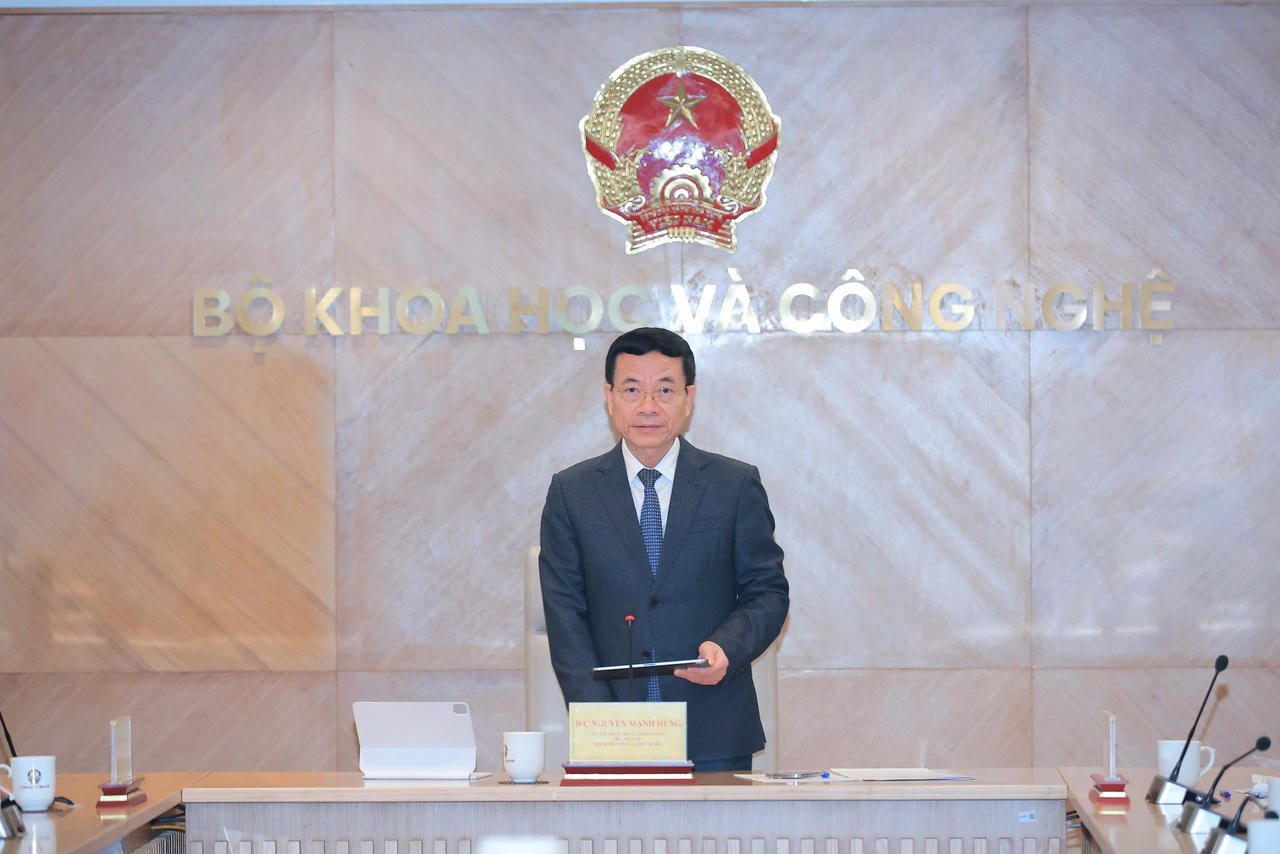
“To innovate science and technology, we must innovate science and technology management, shifting from management to motivation, from administrative control to data-driven and transparent operations, from decentralization to integration and standardization. The new software system will help increase appraisal quality, shorten review time, and limit errors and risks.
Accurately evaluate the contribution of each task, especially creating a professional science and technology task market. This is the spirit of less management, more leadership, less control and more creation, shifting from asking for and giving to openness and transparency,” the Minister affirmed.
The Minister also requested scientists, Councils, and presiding agencies to actively use the feedback system to improve and consider it an indispensable tool in research activities. The software will be continuously improved, both according to international standards and meeting the reality of Vietnam.
The Minister expects this S&T task management system to become a new standard for research management in Vietnam, an example of real digital transformation with processes, data, standards and efficiency.
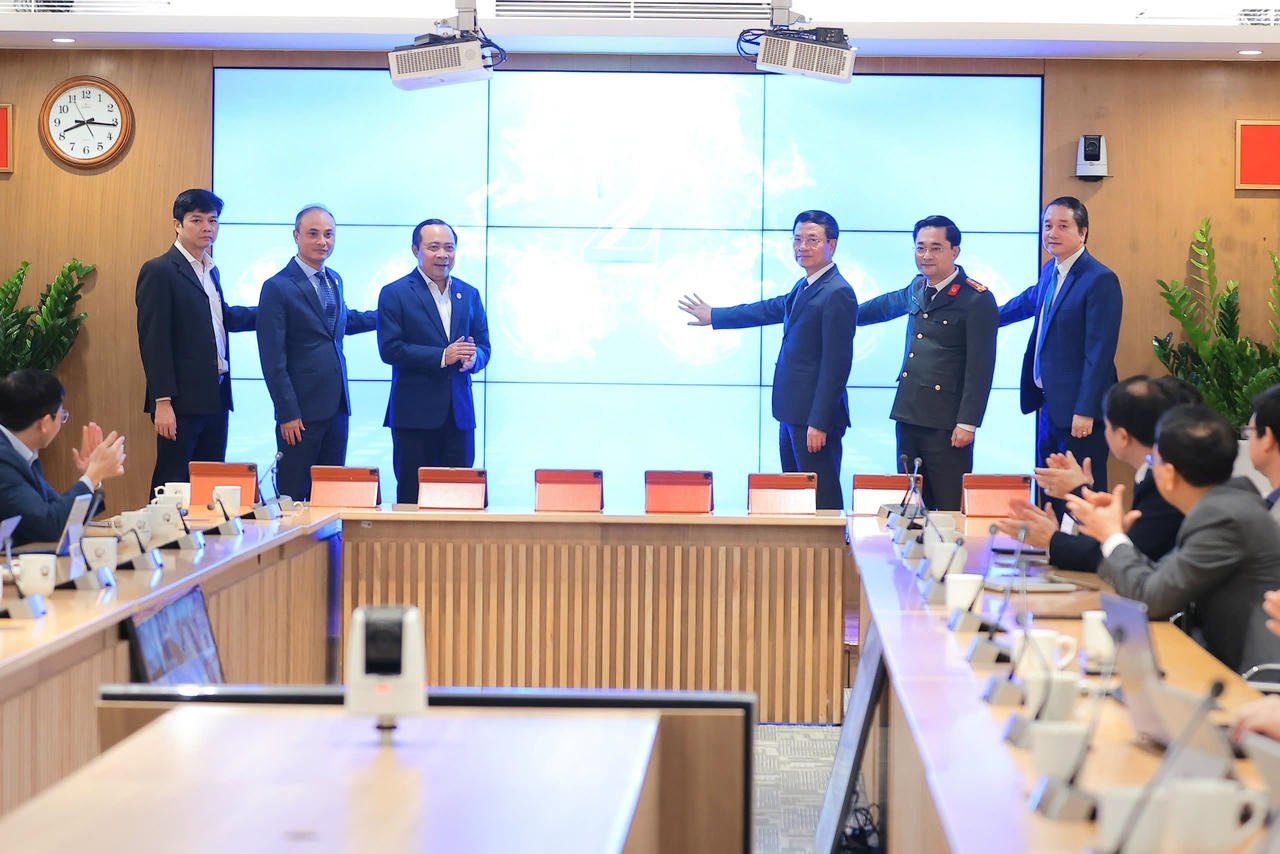
Also at the announcement ceremony, 309 science and technology topics were signed by NAFOSTED. These are the first topics in the spirit of the new Science and Technology Law, shifting from input management to output management, from invoice and document management to research results management, shifting from budget spending to contract spending, from research results returned to the state to research results belonging to research organizations for commercialization. And the direct research group will enjoy at least 30% of the commercialization results.
A notable new point is that the assessment of the completion of a topic will shift to the assessment of research results that must be brought to businesses, creating commercial products, generating revenue, contributing to GDP growth, and this revenue must be equal to 5 to 10 times the research cost after 3-5 years.
In the spirit of the Law on Science, Technology and Innovation 2025, instead of evaluating each topic of a research organization as before, we will move to evaluating the organization's research topics as a whole, accepting risks and being tolerant of failure; Moving from small topics to large tasks when the average value of a task has doubled in this period; Moving from widespread research to strategic research with over 50% of signed topics belonging to the group of strategic technologies.
The list of science and technology tasks is divided into three layers. In which, basic research will mainly focus on institutes and schools. Applied research will be 50-50 for institutes, schools and businesses, and technology development will be 30-70.
"Currently, technology development tasks assigned to businesses are only 30%. It needs to be increased further because assigning them to businesses will have more counterparties and businesses' research will reach the market faster," Minister Nguyen Manh Hung directed.
Receiving the Minister's instructions, Director of NAFOSTED Foundation Dao Ngoc Chien emphasized that the ceremony marked an important turning point not only for NAFOSTED but also for the national science, technology and innovation ecosystem.
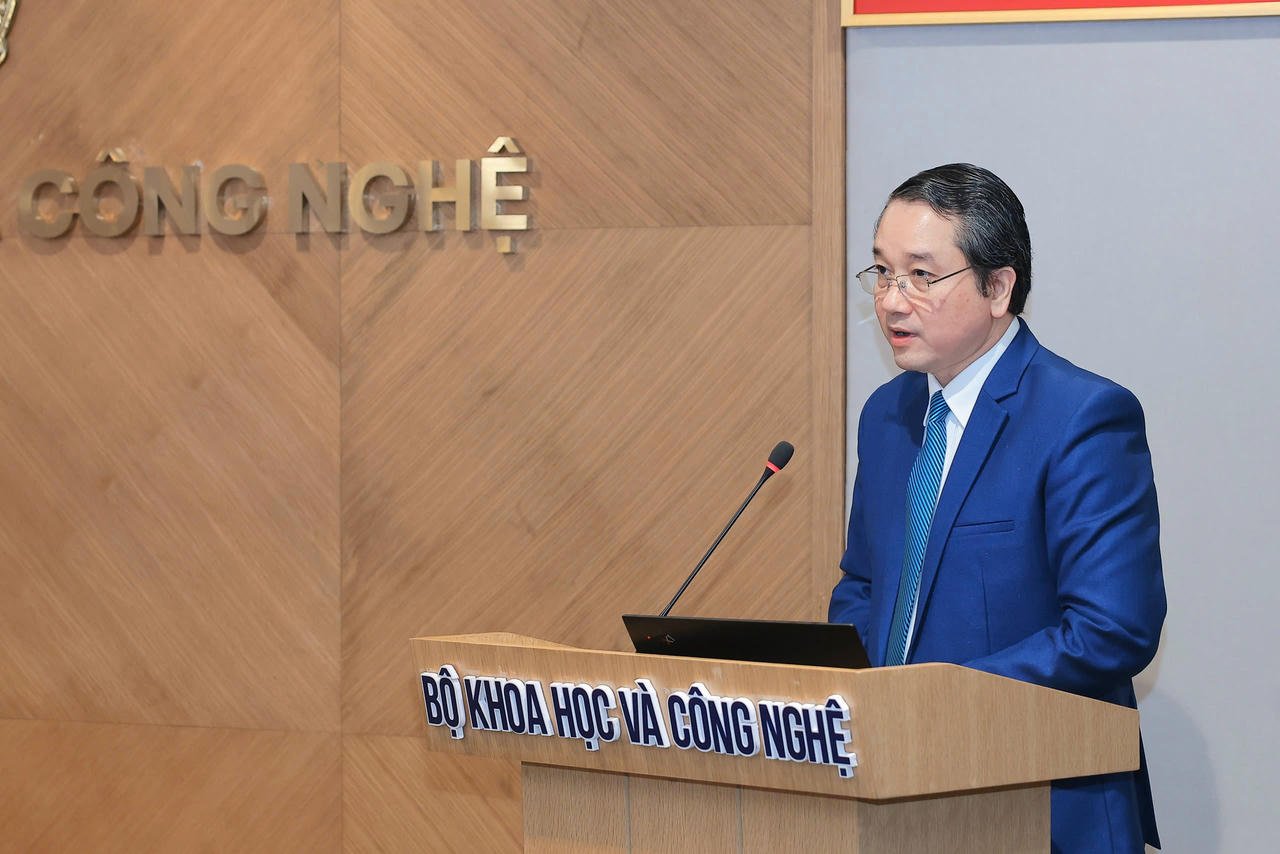
Mr. Dao Ngoc Chien said that NAFOSTED Foundation will focus on immediately implementing four important tasks:
Firstly, continue to perfect the system in the direction of national openness - standardization - connection, ready to integrate programs and tasks of ministries, branches and localities in accordance with the spirit of Article 20 of the Law on Science, Technology and Innovation 2025.
Second, ensure the system operates safely, stably, transparently, taking real-time data as the center for management, monitoring, and evaluation of the mission life cycle.
Third, accompany and support scientists, management agencies, and scientific councils to use the most convenient system - considering digital platforms not only as tools, but as a new, more efficient, and more modern way of working.
Fourth, accompany ministries, branches and localities to share experiences, support implementation, and move towards forming a national digital map of science and technology tasks, contributing to improving management capacity at the national scale.
Source: https://baophapluat.vn/khai-truong-he-thong-quan-ly-truc-tuyen-cac-nhem-vu-khoa-hoc-va-cong-nghe-theo-thoi-gian-thuc.html










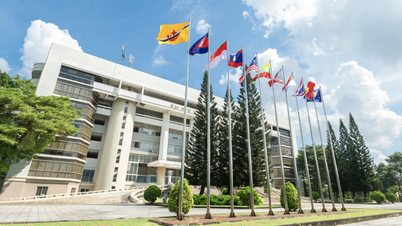

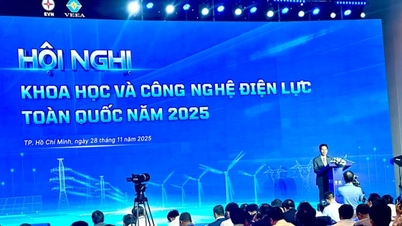



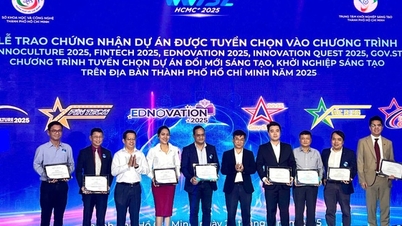

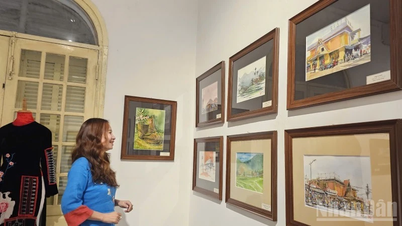
















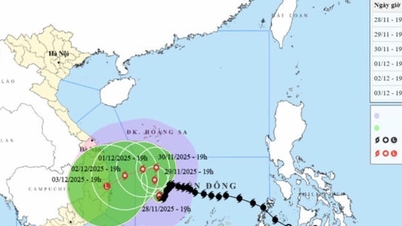














































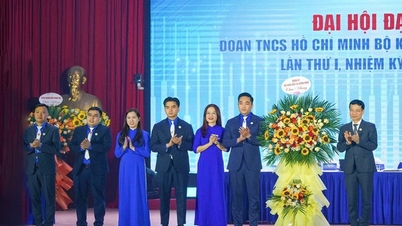




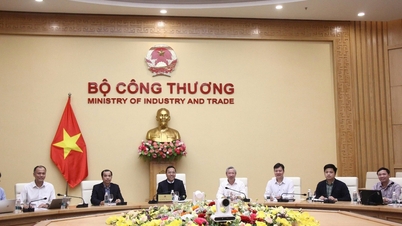






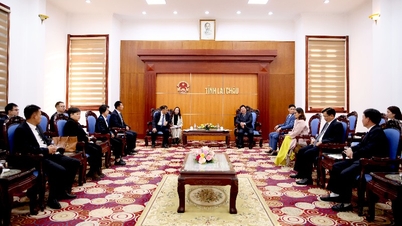




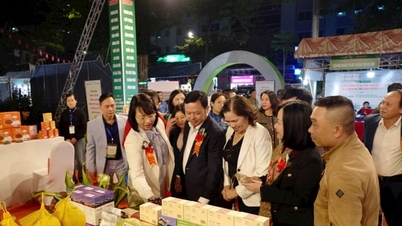












Comment (0)